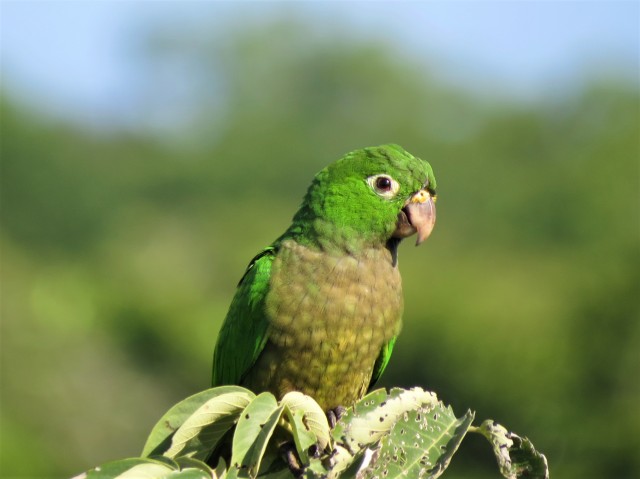
Living in Houston, it is just a hop skip and a jump to some excellent birding spots in Mexico. In fact, it can be quicker to get to the Yucatan on a super-cheap flight than driving to many parts of Texas. I recently took a short non-birding break to Tulum, on the coast about 75 minutes south of Cancun Airport. I say “non-birding”, but any birder will tell you that there is no such thing as a non-birding vacation!
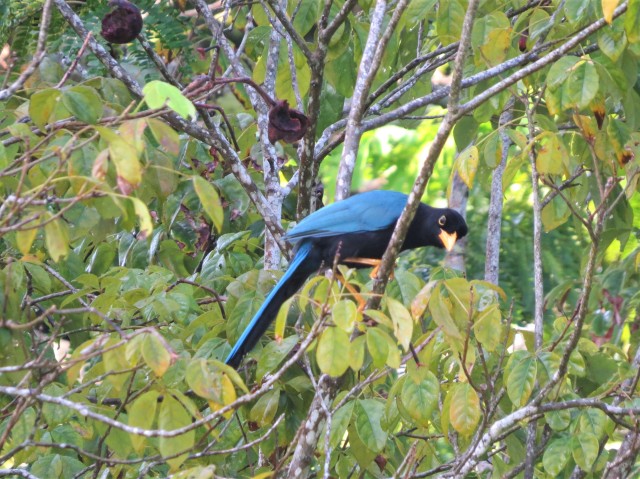
My wife Jenna and I flew out of Hobby Airport in Houston on a direct Southwest flight to Cancun, and I picked up a pre-booked rental car from Enterprise on arrival. This company is not the cheapest option, but there are numerous banana skins, scams and hassles associated with car rental in Mexico, so I was happy to pay a little extra to be with a reputable and well-reviewed company. As it turned out, Enterprise’s service was exemplary from start to finish with no nasty surprises whatsoever. Less than seven hours after leaving our house, we were on a white sand beach under swaying palms, eyeing the Caribbean Sea from our beachfront casita, and not another soul in sight. Paradise indeed!
No stretch of paradise can possibly be complete without some good birds, and it wasn’t long before I had ticked off the local race of Golden-fronted Woodpecker (“Velasquez’s Woodpecker”) which might be good for a split one day. Its smaller, daintier-billed counterpart, the endemic Yucatan Woodpecker, was also encountered on several occasions during our 6-night stay.

My birding was more or less restricted to the first few hours of daylight each day, as I had many other obligations. This turned out quite well as, in common with many parts of the tropics, birding started fast and furious at sunrise before going almost dead after 10.00am with hardly a bird to be seen or heard.
I settled on the Mayan ruins at Muyil for my main birding destination, seeing as it was just a 30-minute drive from our accommodation, and from recent eBird reports appeared to be by far the richest site in terms of species diversity within easy reach. And so it proved – three early mornings at the site produced 84 species. My one qualm with Muyil is that this archaeological site is gated and locked until 8.00am (or even later, because the arriving staff were never punctual), which is very frustrating as it is broad daylight by 7.00am at this time of the year, and the first hour of the day is without a doubt the best time to be birding.
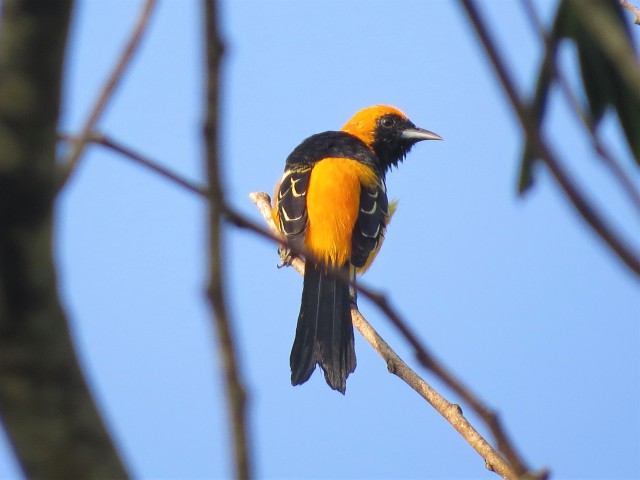
Fortunately, directly across the main road from the Muyil ruins entrance is a nice area of secondary growth bisected by several quiet residential roads, which allowed for some pretty decent birding before the “main event” at 8.00am when the Muyil gates opened.
Muyil itself consists of several ruined and picturesque Mayan structures set amid a parkland landscape, with denser primary forest beyond. At the back of the site, a trail leads through primary forest to a boardwalk, from which wet mangrove forest can be observed. The boardwalk leads to a fine viewing tower with panoramic views across large tracts of old-growth forest, and eventually a beach on a lagoon. It has all the habitat variety and ingredients for an excellent morning’s birding, and so it proved, even on the one day when weather conditions were far from ideal.
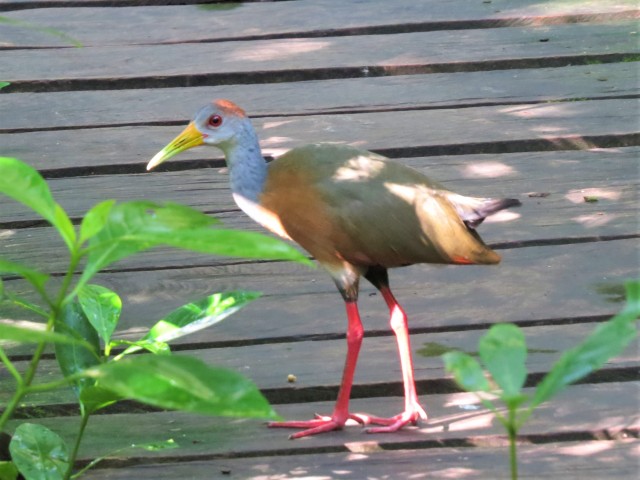
Muyil is easily reached from Tulum, simply follow the main road south towards Chetumal for about 20 minutes, until the village of Muyil – the entrance to the ruins is on the left. I imagine it would be an easy trip by bus or “collectivo” minivan for any Tulum-based birders without their own transport. Two fees are payable: 45 pesos (about $2.50) to gain access to the ruins, and a further 50 pesos for the boardwalk and tower.
We stayed on Soliman Bay, to the north of Tulum, which was productive in its own right, with mangroves, scrub and shoreline producing several interesting birds that were absent from Muyil, such as Mangrove Vireo and Black Catbird.
The obligatory one-day trip to the world-famous Chichen Itza yielded large numbers of tourists and not many interesting birds, with the notable exception of a pair of Bat Falcons around the temples and ruins.
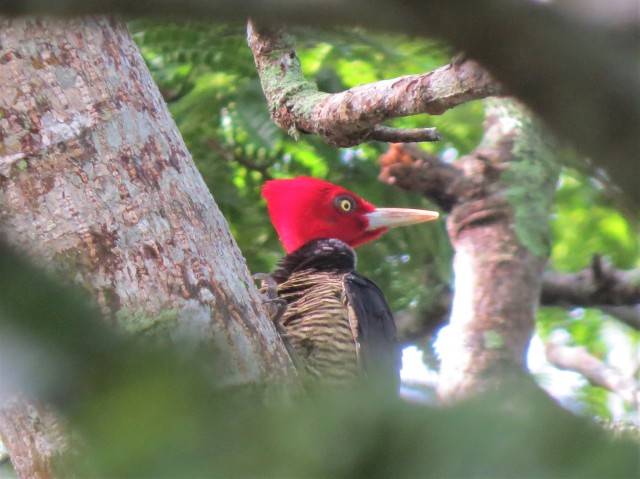
Complete list of birds seen in Quintana Roo, Mexico, October 3rd-9th. Personal lifers are in bold:
Plain Chachalaca
Rock Pigeon
Red-billed Pigeon
Eurasian Collared-Dove
Ruddy Ground-Dove
Ruddy Quail-Dove
White-tipped Dove
White-winged Dove
Squirrel Cuckoo
Vaux’s Swift
White-bellied Emerald
Cinnamon Hummingbird
Russet-naped Wood-Rail
Black-necked Stilt
Black-bellied Plover
Wilson’s Plover
Least Sandpiper
Spotted Sandpiper
Willet
Laughing Gull
Royal Tern
Magnificent Frigatebird
Anhinga
Neotropic Cormorant
Double-crested Cormorant
Brown Pelican
Bare-throated Tiger-Heron
Great Blue Heron
Great Egret
Snowy Egret
Little Blue Heron
Cattle Egret
Yellow-crowned Night-Heron
White Ibis
Black Vulture
Turkey Vulture
Lesser Yellow-headed Vulture
Osprey
Ferruginous Pygmy-Owl
Black-headed Trogon
Lesson’s Motmot
Ringed Kingfisher
Collared Aracari
Keel-billed Toucan
Yucatan Woodpecker
Golden-fronted Woodpecker
Pale-billed Woodpecker
Lineated Woodpecker
Collared Forest-Falcon
Bat Falcon
Peregrine
Olive-throated Parakeet
Tawny-winged Woodcreeper
Northern Barred-Woodcreeper
Greenish Elaenia
Eye-ringed Flatbill
Yellow-olive Flycatcher
Eastern Wood-Pewee
Tropical Pewee
Least Flycatcher
Dusky-capped Flycatcher
Great Kiskadee
Boat-billed Flycatcher
Social Flycatcher
Tropical Kingbird
Couch’s Kingbird
Eastern Kingbird
Masked Tityra
Rose-throated Becard
Lesser Greenlet
Mangrove Vireo
Yellow-throated Vireo
Red-eyed Vireo
Yellow-green Vireo
Yucatan Vireo
Brown Jay
Green Jay
Yucatan Jay
Northern Rough-winged Swallow
Purple Martin
Bank Swallow
Barn Swallow
Cliff Swallow
Cave Swallow
Clay-colored Thrush
Black Catbird
Tropical Mockingbird
Scrub Euphonia
Yellow-throated Euphonia
Olive Sparrow
Yellow-billed Cacique
Black-cowled Oriole
Hooded Oriole
Yellow-backed Oriole
Orange Oriole
Altamira Oriole
Melodious Blackbird
Great-tailed Grackle
Ovenbird
Northern Waterthrush
Prothonotary Warbler
Tennessee Warbler
Common Yellowthroat
Hooded Warbler
Northern Parula
Magnolia Warbler
Yellow Warbler
Chestnut-sided Warbler
Yellow-throated Warbler
Red-throated Ant-Tanager
Gray-headed Tanager
Blue-gray Tanager
Black-headed Saltator
Grayish Saltator
Total species seen: 114
North America life list: 857


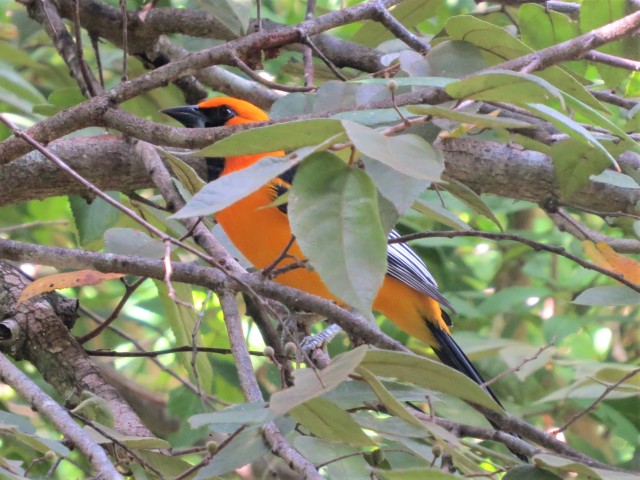
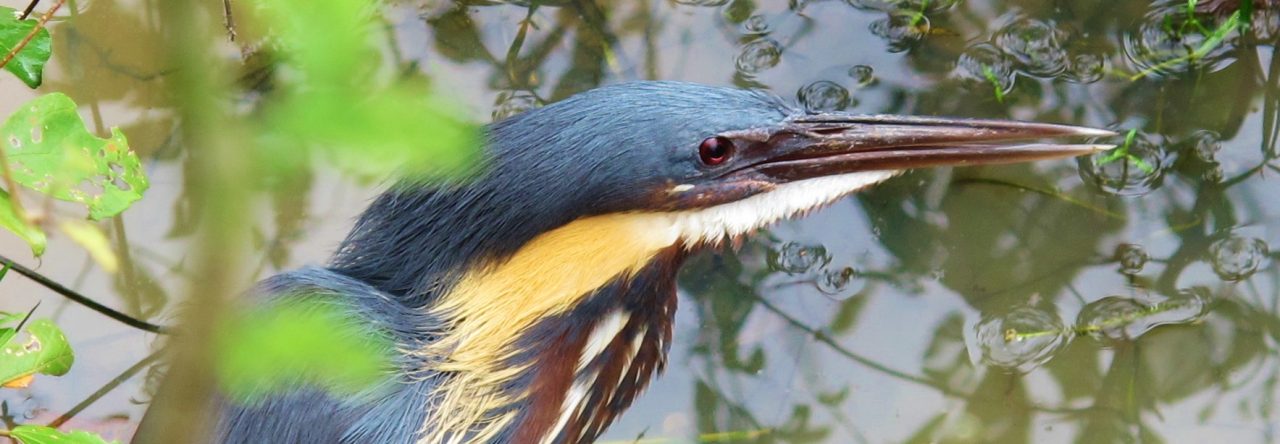
Dom, nice write up! I love how you articulate your days birding! (I’m over here taking pointers!) Also, I think it’s hilarious that not a single image of a Mayan ruin made its way into the blog! -Melissa
LikeLike